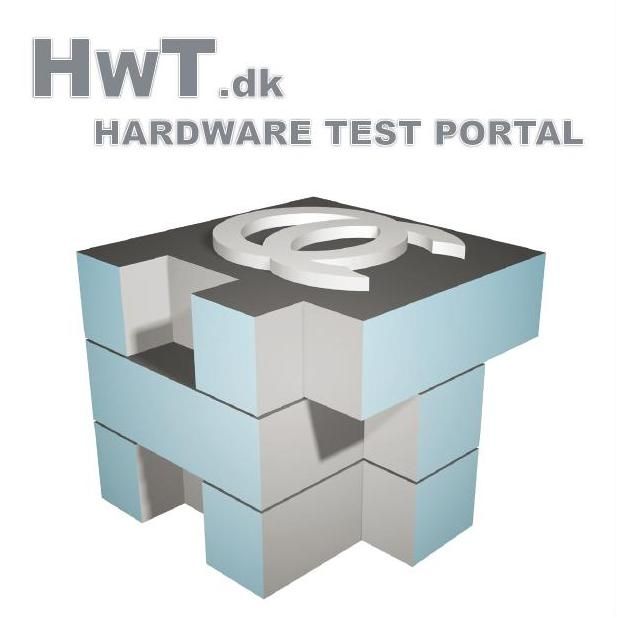Hej CGPUs, farvel nVIDIA...
Diverse d. 11. februar. 2007, skrevet af Huddy 14 Kommentarer. Vist: 569 gange.
#1
Uuuhhhh.... Lyder spændene :)
#2
Det lyder faktisk som den helt rigtig løsning. Og Tror vi vil se mere af den slags.
Det ville vare længe før vi kommer over de 5 GHz på CPUen. I steden vil vi nok, som NANOmeteren bliver mindre, få mange flere funktioner i den samme chip.
Det ville vare længe før vi kommer over de 5 GHz på CPUen. I steden vil vi nok, som NANOmeteren bliver mindre, få mange flere funktioner i den samme chip.
#4
#2
nanometer (nm) bliver ikke mindre det er og bliver det samme....altså 1milliardtedel
du mener vel at når de bruger mindre transistore..
nanometer (nm) bliver ikke mindre det er og bliver det samme....altså 1milliardtedel
du mener vel at når de bruger mindre transistore..
lyder meget spænde.. men noget voltsom vis jeg læser rigtig så ville de tag en Cpu og ind sætte den som gpu... Det gad jeg godt se med en core2 duo :e
#6
Flere kerner i en pc, de to jeg har, er der ikke ret mange programmer der kan udnytte pt. Så hvad f..... skal vi så med flere + et mega strømforbrug x(
#7
Gad vide hvilken effekt det har på NVidia's aktier?
Hmm så køber DAAMIT bare NVidia også. Og derefter køber Intel så AMD/ATI/NVidia..
Har de ik pengene til det, Intel?
Men det ville være pænt skidt udvikling.
Hmm så køber DAAMIT bare NVidia også. Og derefter køber Intel så AMD/ATI/NVidia..
Har de ik pengene til det, Intel?
Men det ville være pænt skidt udvikling.
#8
Næste skridt for Nvidia bliver vel at invadere CPU markedet med deres egen CPU.
#9
#6 ?? nu må snakken om at multicore ikk bliver til noget stoppe, plz :) og det med: det kan alligevel ikk udnytte mere en 2 kerner osv... læs nu lidt om hvad der sker med softwaren bare i år blot, hvor der allerede blir lavet til mange spil til 4 core... og det blir bare ved og ved. men det er i øvrigt heller ikk multicore tråden handler om men en helt anden teknik.
det er som om folk har fordomme mod udviklingen - men hvorfor dog..de har da mere forstand på det en 10xsuperbrugere her på sitet ikk? :i
#8 ja eller en cpu fra microsoft - men tror mere på AMD/intel løsninger. intels roadmap frem til 2011 ser alt for stærkt ud
det er som om folk har fordomme mod udviklingen - men hvorfor dog..de har da mere forstand på det en 10xsuperbrugere her på sitet ikk? :i
#8 ja eller en cpu fra microsoft - men tror mere på AMD/intel løsninger. intels roadmap frem til 2011 ser alt for stærkt ud
#10
#8 som jeg læser det tar nvidia nok ikk så mange skridt mere, men så blir de under navnet intel :D
#11
2009... Det er først om 2 år... Jeg tror nu nok at nVidia skal være kommet op med noget der kan matche det deromkring...
#12
jeg troede at nvidia var gået sammen med intel ligesom ati blev købt af amd? altså at det er det, der kommer til at ske?
jeg gad da godt spare lidt op til den intel cgpu om 2 år...
spørgsmålet om mit 7600gt er "slidt" op inden da hehe :e
jeg gad da godt spare lidt op til den intel cgpu om 2 år...
spørgsmålet om mit 7600gt er "slidt" op inden da hehe :e
#14
Naturligvis tænder jeg på hurtigere og bedre CPU´er og GPU´er og en hybrid af disse, som i andre, men min første tanke var lidt som #7´s: aaargh, MONOPOL! og hvad kommer såddan en udvikling til at koste forbrugeren?








